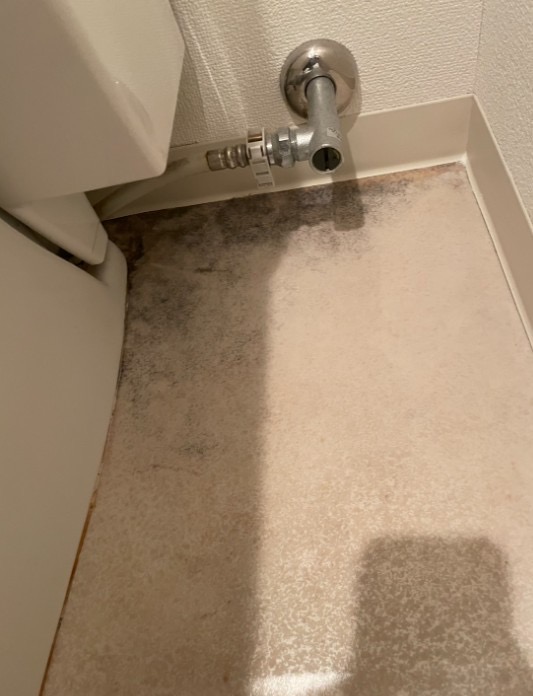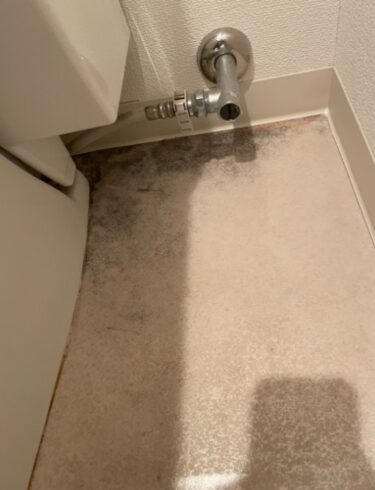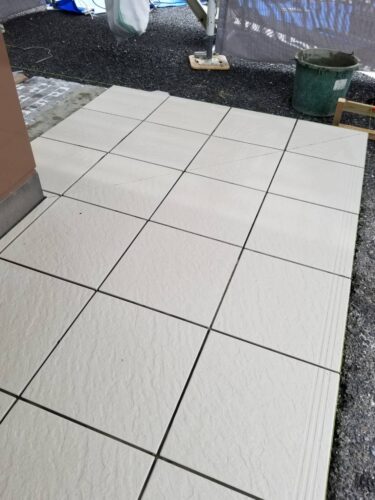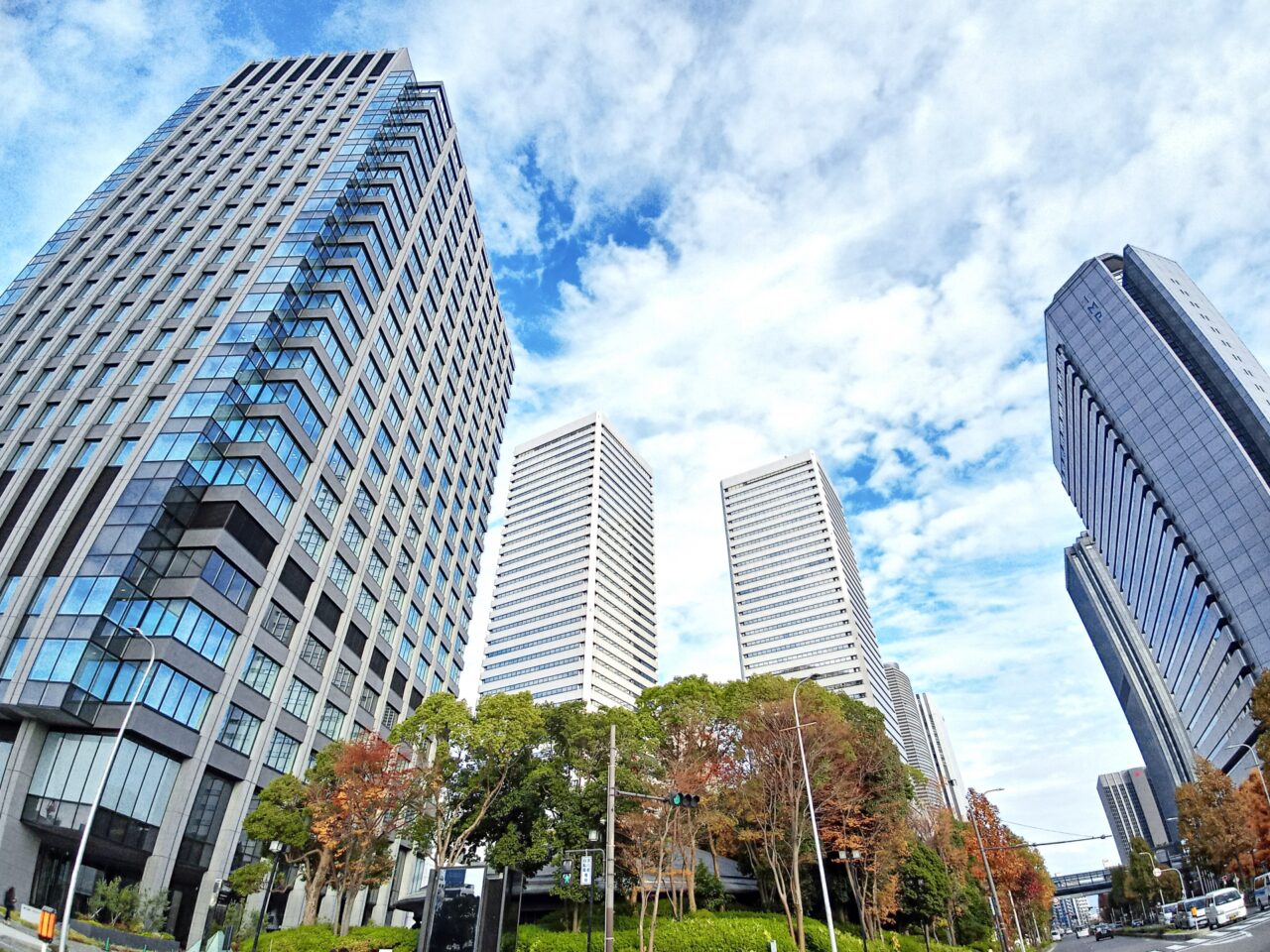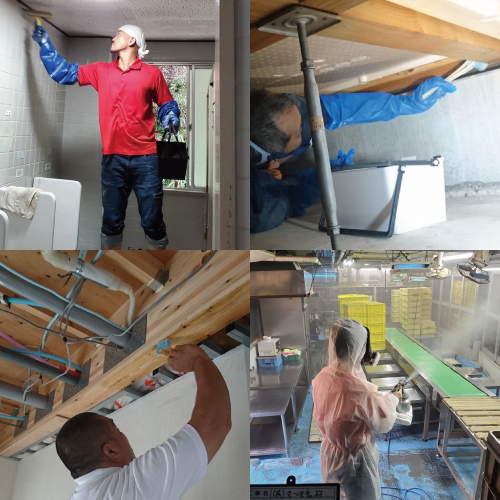Problem Statement
Even in luxury apartments and embassy housing, mold can grow unnoticed due to Japan’s high humidity, leading to serious health concerns. Diplomats and their families, unfamiliar with Japan’s environment, are often caught off guard by these risks.
What You Will Learn
This article covers the causes of mold in high-end rentals, related health issues, legal considerations, and expert solutions including safe removal methods and preventative care suitable for sensitive materials.
Benefits of Reading
By understanding mold risks in Japanese rentals, especially in embassy zones, readers can take preventive steps, choose appropriate properties, and respond swiftly to mold issues with professional support.
1. Mold Occurrence in Embassy and Diplomat Housing
Diplomatic residences and embassy-related housing in Japan are often high-end rentals expected to offer comfort and safety. Yet despite high quality, mold risks remain high due to Japan’s humid climate and certain structural features. In particular, older buildings or units with high airtight construction and poor ventilation are especially prone to mold, leading to recurring complaints and sometimes health concerns.
1.1. Risk During Hot and Humid Japanese Summers (Especially August)
Japan’s climate between July and September often features humidity above 70%, combined with high temperatures that create ideal conditions for mold growth. Diplomats and families from drier climates may not recognize this risk upfront. High airtightness and reliance on air conditioning in luxury rentals reduce natural airflow, allowing moisture to build up. Areas like closets, behind walls or ceilings, and bathrooms can harbor unseen mold.
1.2. Airtightness and Insufficient Ventilation
Embassy housing frequently emphasizes high insulation and airtightness for energy efficiency and comfort, yet this design can hinder natural ventilation. If 24‑hour ventilation systems aren’t properly maintained or filters are clogged, air tends to stagnate and humidity rises. While traditional Japanese wood‑framed homes allow more airflow, concrete or steel‑framed luxury units may trap moisture in hidden areas, leading to mold formation and health risks.
2. Health Impacts of Mold
Mold may appear minor visually, but it poses serious health threats, especially to children, older adults, and allergy sufferers. For residents of diplomat housing, these effects can significantly disrupt daily life and well‑being.
2.1. Allergic Symptoms and Asthma Risk
Mold spores and metabolites can irritate airways, triggering allergic rhinitis, asthma, and skin inflammation. When circulated via HVAC systems, spores can spread indoors and worsen chronic respiratory conditions. Common indoor species like Cladosporium (black mold) and Penicillium (blue‑green mold) can cause persistent sinusitis, coughing, and itchy eyes. Allergy-prone individuals may react strongly even to small amounts of mold.
2.2. Effects on Children and Older Adults
Children and older adults have weaker immune systems, making them more vulnerable to mold exposure. In children, mold-induced irritation can manifest as persistent coughing, wheezing, or general respiratory discomfort. Older adults with chronic lung conditions may find their symptoms worsened by mold exposure. Families of diplomats may not anticipate these effects, leading to unrecognized symptoms and stress until mold is detected and treated.
3. Mold Complaints in Luxury & Expat Rentals
High-end rentals favored by expatriates often come with luxury finishes and amenities, yet mold issues still occur and drive formal complaints and disputes. For diplomatic tenants, the stakes are even higher due to health and professional pressures.
3.1. Real Cases in Minato‑ku, Azabu, Hiroo and Complaint Patterns
Neighborhoods such as Minato‑ku, Azabu, and Hiroo host many embassy and expat properties. Even in expensive, well-maintained buildings, mold complaints are not rare. In one case, tenants reported respiratory irritation and discovered mold behind wallpaper and in bathroom ceilings. Although the building underwent regular cleaning, the hidden mold went unnoticed until health complaints appeared, escalating to contract termination demands.
3.2. Lease Contracts and Handling Complaints
Residents of luxury rentals expect high standards. When mold occurs, the response from landlords and management must be swift and professional. Mold issues should be documented and handled by certified specialists—not general cleaners. Lease agreements should explicitly outline ventilation responsibilities and maintenance expectations. Clear contractual delineation of responsibilities helps mitigate disputes.
4. Differences in Mold Awareness: Japan vs. Western Countries
Cultural and environmental differences shape attitudes toward mold. In Western countries with drier climates, mold prevention via humidity control and ventilation may be less ingrained. Foreign residents in Japan may lack awareness of the need for constant humidity and ventilation management.
4.1. Mindset and Legal Requirements Around Humidity
Many Western countries prioritize insulation and heating over moisture control. In contrast, Japanese building codes mandate mechanical ventilation. Foreign tenants unfamiliar with these norms may not operate ventilation systems or dehumidifiers correctly, increasing mold risk.
4.2. Housing Design and Ventilation Equipment Variance
Western homes often feature thick, sealed walls and high insulation, but lack robust moisture‐ventilation systems. In Japan, 24‑hour ventilation, bathroom dryers, and dehumidifiers are standard. Expat tenants may overlook using these features correctly, allowing humidity to build up and fostering mold growth.
5. Mold Testing and Professional Removal Methods
Effective mold remediation starts with accurate diagnosis. Invisible mold often lurks in hidden areas, necessitating professional testing and appropriate removal methods tailored to the building materials.
5.1. Airborne Spore (Settling) Testing & Surface Sampling
Airborne spore tests capture dust and spores circulating in enclosed spaces, offering a quantifiable measure of mold levels. Surface sampling via swab or tape methods tests for mold adherence to walls, furniture, and floors. Such testing by certified services reveals both visible and hidden mold, and allows for post-removal validation.
5.2. Non‑Destructive Removal Methods (e.g., MIST Method®)
Traditional mold removal may involve scraping or aggressive cleaning, risking damage to surfaces. The MIST Method® employs a fine-mist application of a proprietary solution calibrated to the material’s pH and structure. This mist penetrates mold colonies, dissolving and neutralizing them while preserving wood, textiles, and historical finishes. No abrasion is required, making it ideal for luxury and embassy housing.
6. Preventative Maintenance and Recurrence Prevention
Even after mold removal, without proper steps mold can recur. Continuous preventive measures and periodic maintenance are essential, especially in high-end properties where cleanliness and resident health are paramount.
6.1. Daily Ventilation and Humidity Monitoring
Keeping indoor humidity within 40–60% is key. Regular morning and evening ventilation, combined with placement of hygrometers, helps track air moisture levels. Smart sensors linked to mobile devices can alert occupants to spikes. In moisture-prone areas like closets and bathrooms, small dehumidifiers or ventilation fans further reduce mold risks.
6.2. Anti‑Mold Treatments and Long‑Lasting Protection
Post-removal treatments using anti-mold or antimicrobial agents help form a protective barrier that prevents spore adhesion and growth. Methods such as a mist‑based final treatment can extend protection for months. Annual or biannual maintenance helps keep mold risk to a minimum.
7. Rental Mold Disputes and Legal Guidance
Mold-related problems can become legal issues if tenants suffer health effects or property damage. Clear documentation and understanding tenant-landlord obligations help prevent escalation.
7.1. Documenting Health Impact and Evidence Procedures
Medical diagnosis certificates and expert mold testing reports are essential for linking health symptoms to mold exposure. Photos, videos, and date-stamped logs of mold growth help build a strong case. Rent receipts, room-condition reports, and move-in photographs also support claims.
7.2. Negotiation Strategies with Management and Owners
When mold arises, calmly present documented concerns to the landlord or management. Early cooperation and mutual understanding often prevent escalation. If responses are insufficient, tenants can seek help from consumer protection centers or legal services. Documentation of lease-stated obligations and repair clauses strengthens tenant position. Language support services benefit expatriates negotiating in Japanese.
8. Advice for Expats and Diplomats
Expats, diplomats, and their families must understand local housing risks before moving in. Awareness of humidity and ventilation basics can prevent mold issues and reduce stress during overseas assignments.
8.1. Pre‑Move Inspection of Humidity and Ventilation
Evaluate properties for architecture (concrete vs. wood), number and placement of windows, and presence of ventilation systems. During tours, inspect moisture-prone zones such as bathroom ceilings, closets, and behind furniture. Confirm functionality and cleanliness of ventilation filters and systems before signing leases.
8.2. Mold Response and Contractor Arrangements
Upon mold detection, engage a certified mold remediation specialist immediately—ideally one experienced with embassy or high-end housing. Look for firms that offer non-destructive removal and post-treatment prevention. Ensure they provide clear plans for remediation, material safety, and follow-up inspections.
9. Case Studies: Successful Mold Mitigation Stories
Examples of mold intervention that brought relief offer practical insight. Below are two representative cases from high-end rentals populated by expats.
9.1. High‑End Property Mold Removal Success Story
In a luxury mansion near the embassy district, tenants reported sore throats and damp clothes in the closet. Tests revealed widespread mold behind wall coverings. Employing the MIST Method® enabled safe removal without damaging finishes. Post-treatment testing confirmed mold eradication, resulting in improved tenant health and renewed owner confidence.
9.2. Health Improvements Reported After Mold Removal
In another case, a child developed recurring asthma-like symptoms. Mold testing revealed high airborne mold counts. Following remediation, symptoms significantly subsided, and the family reported noticeably fresher indoor air. Residents commented: “I wish we had acted sooner,” and “The air feels so much cleaner now,” illustrating the transformative impact of professional mold control.
10. Summary: Key Actions for Safe and Healthy Living
Mold in diplomat housing and luxury rentals is a serious concern—one that demands vigilance, early detection, and professional action to preserve health and comfort.
10.1. Choosing Rentals and Regular Inspections
When selecting a property, consider not just aesthetics but ventilation and humidity resilience. Install hygrometers, perform regular inspections, and take immediate action if moisture or mold appears. Routine maintenance prevents hidden mold from becoming a health hazard.
10.2. Benefits of Hiring Professional Specialists
Certified professionals using the MIST Method® enable thorough and safe removal, especially for delicate materials and historic interiors. When vetting providers, look for proven experience, safe chemicals, and aftercare services. Effective mold response ensures a healthy, protected living environment.
Our Company: Kabi-Busters Osaka, Kabi Tori Reform Tokyo & Nagoya by Taikou Kensou Co., Ltd.
If you’re facing mold concerns in embassy housing or high‑end rentals, Kabi-Busters Osaka and Kabi Tori Reform Tokyo & Nagoya are ready to support you with industry-leading expertise.
Our MIST Method®, engineered for non-destructive and material-safe mold removal, effectively eradicates mold while preserving architectural finishes and textiles. Using specialized solutions calibrated to each material, our treatment penetrates deep to eliminate mold without harsh abrasion or damage.
Further, Taikou Kensou Co., Ltd. offers a comprehensive package covering both mold remediation and interior renovation. We manage everything in-house—from expert mold testing and removal to complete refurbishment including wallpaper replacement, flooring, plumbing updates, layout changes, and moisture-resistant enhancements. This integrated approach eliminates coordination hassles between separate vendors, reducing time, complexity, and cost.
Taikou Kensou’s renovation services extend to:
-
Interior upgrades: creating fresh, sanitized interiors with new walls, floors, and fixtures
-
Water‑related improvements: kitchen, bathroom, and toilet modernization for hygiene and durability
-
Move‑out restoration: refurbishing leased properties to pristine condition for tenants
-
Accessibility and humidity‑aware remodeling: improving usability and air quality, especially for foreign residents or seniors
-
Insulation and soundproofing upgrades: enhancing comfort and energy efficiency in enclosed environments
Importantly, after mold removal, we apply anti‑mold finishing treatments to prevent recurrence and protect the longevity of refurbished materials. Our clients benefit from a home that is both visually clean and hygienically safe.
For diplomat housing or luxury rentals that demand both exquisite interiors and healthy air, Taikou Kensou Co., Ltd. delivers a seamless, trustworthy solution you can rely on. Please contact Kabi-Busters Osaka or Kabi Tori Reform Tokyo & Nagoya for a full inspection estimate or consultation.

